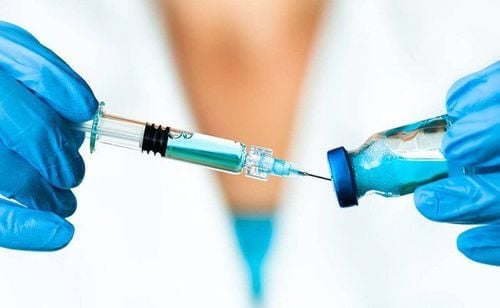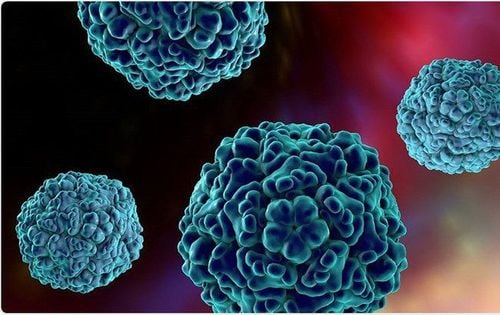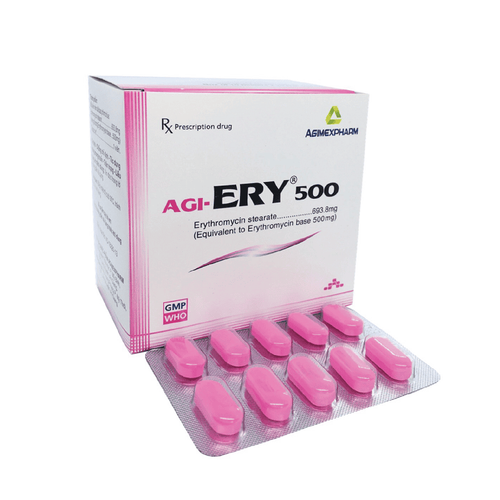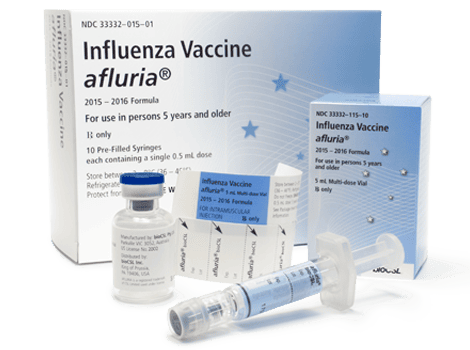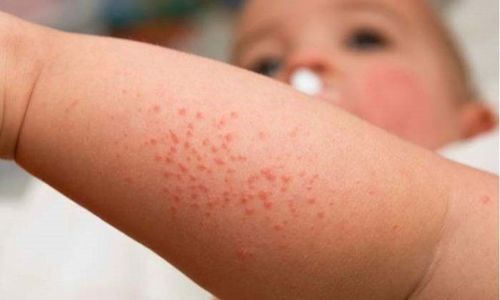This is an automatically translated article.
The article was professionally consulted with Senior Doctor, Dr. Vu Van Tam - Infectious Internal Medicine - Department of Medical Examination & Internal Medicine - Vinmec Ha Long International General Hospital.Infectious disease is a disease that is transmitted directly or indirectly from person to person or from animal to person, caused by an infectious disease agent. Infectious pathogens can be viruses, bacteria, parasites, and fungi. However, not all infectious diseases have the same severity - mildness. Classification of infectious diseases depends on the characteristics of the disease.
1. Classification of infectious diseases
According to the Law on Prevention and Control of Infectious Diseases No. 03/2007/QH12, infectious diseases are classified into groups A B C according to the following characteristics:
Group A infectious diseases Group A infectious diseases include particularly dangerous infectious diseases, has the ability to transmit very quickly, spread widely and have a high mortality rate or the causative agent of the disease is unknown. Group A infectious diseases include polio, influenza A-H5N1, bubonic plague, smallpox, Ebola virus hemorrhagic fever (Ebola), Lassa (Lassa) or Macbout ( Marburg), West Nile fever, yellow fever, cholera, severe acute respiratory infections caused by viruses and dangerous infectious diseases have just arisen and the causative agent is unknown.
On January 29, 2020 the Ministry of Health decided to add acute respiratory infections caused by new strains of corona virus (2019 - nCov) to the list of group A infectious diseases as prescribed in the Law on Disease Prevention and Control. communicable diseases 2007.
Group B Infectious Diseases Group B infectious diseases are dangerous, highly contagious and potentially fatal infectious diseases.
Group B infectious diseases include: Adenovirus disease (Adenovirus), viral disease that causes human acquired immunodeficiency syndrome (HIV/AIDS), diphtheria, influenza , rabies, whooping cough, tuberculosis, human streptococcal disease, amoebic dysentery, bacillus dysentery, mumps, Dengue fever), Dengue hemorrhagic fever, malaria, typhus, measles, hand- foot-and-mouth disease, anthrax, chickenpox, typhoid, tetanus, Rubeon's disease, viral hepatitis, meningococcal meningitis, viral encephalitis, spirochetes , diarrhea caused by Rotavirus (Rota).

Bệnh truyền nhiễm nhóm B có khả năng gây tử vong cao
Signs of typhoid fever and prevention vaccines
Group C infectious diseases Group C infectious diseases include diseases that are less dangerous and are not likely to be transmitted quickly.
Infectious diseases of group C include: Chlamydia, syphilis, worm disease, gonorrhea, trachoma, Candida albicans disease, Nocardia disease, leprosy, Cytomegalovirus disease, viral disease Herpes virus, tapeworm disease, liver fluke, lung fluke, intestinal fluke, tick fever, Rickettsia fever, Hantavirus hemorrhagic fever, Trichomoniasis, disease Infectious pustular dermatitis, pharyngitis, stomatitis, Coxsackie virus heart inflammation, Giardia enteritis, Vibrio Parahaemolyticus enteritis and other infectious diseases.
2. Measures to prevent the spread of infectious diseases
Vaccination This is a proactive measure to create immunity for the human body, especially those who are likely to be infected when exposed to pathogens. Vaccination must be done when the body is healthy and according to the vaccination schedule. The higher the percentage of people vaccinated, the greater the number of people with immunity in the community, from which the disease is more difficult to transmit and less likely to become a major epidemic. However, the downside is that not all infectious diseases have vaccines and the cost of vaccination is also a big obstacle.
Recommended video:
Vaccinate infants with pertussis
Maintain personal hygiene Wash hands before eating, after using the toilet and after touching objects. Maintain good oral hygiene. Shower regularly to prevent skin infections. Wash your hands often, wear a mask when going out, especially when going to crowded places.

Rửa tay thường xuyên theo đúng các bước Bộ Y tế khuyến cáo
Food hygiene and safety Eat cooked food, drink filtered or treated boiled water, preserve processed food, prevent flies from entering, do not mix food preparation utensils live and ripe. These measures will help prevent diseases transmitted through the digestive tract such as: cholera, dysentery, typhoid ...
Environmental sanitation Eliminate mosquito breeding sites, provide clean drinking water and Living. Collection and treatment of waste, human and animal waste. Raise fish to kill larvae, spray insecticides to kill mosquitoes and flies, and remove water containers to limit mosquito breeding places.
Healthy living and safe sex Living a faithful lifestyle, not having unprotected sex, using condoms, not injecting drugs... Healthy living will help prevent sexually transmitted diseases sex (such as syphilis, gonorrhea, HIV,...) and diseases transmitted through other bodily fluids (hepatitis B, hepatitis C...).
When diagnosed with an infectious disease, patients need to go to medical facilities for early diagnosis and treatment. Early treatment will help patients recover quickly, avoid severe progression and avoid the risk of death, and reduce the transmission of the disease to the community.
Please dial HOTLINE for more information or register for an appointment HERE. Download MyVinmec app to make appointments faster and to manage your bookings easily.




